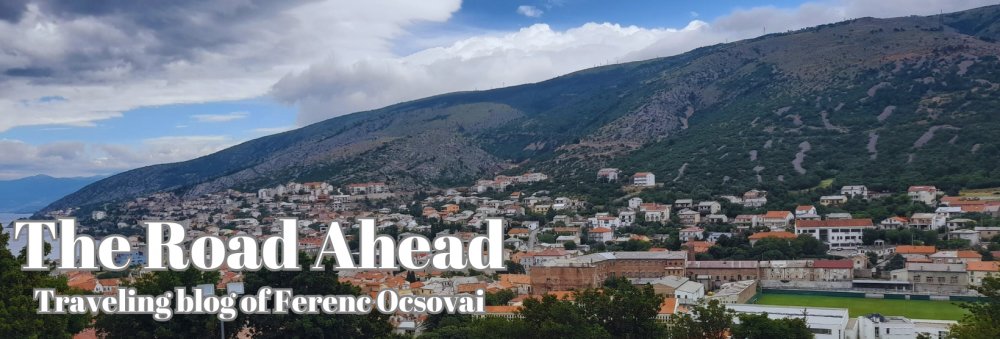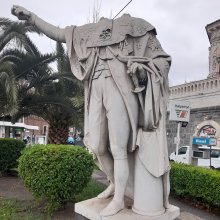
Almost everyone who likes traveling has their favorite places or countries where they can always return. How many of us has not said at least once things like ‘oh, I could definitely come back there’ or ‘oh, I want to live there’?
Those who know me a little bit or have been following my blog for a while might know that for me there are two foreign countries where I always feel a bit home: one of them is Poland and the other one is Italy, where I find a new compulsory place to visit all the time.
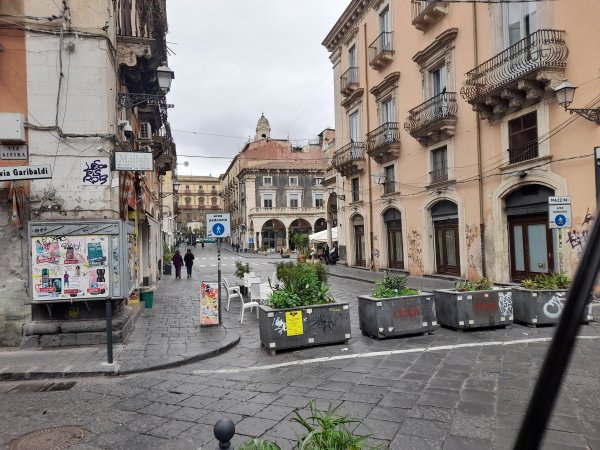
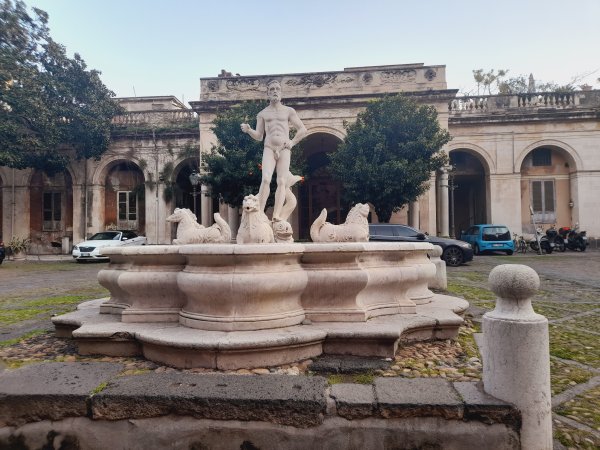
Probably there are multiple reasons of that such as history, music, arts, gastronomy and Italian language itself, but I also usually highlight the fact that Venice in Italy was my first foreign adventure and long-term stay that fundamentally changed my life.
However, Italy, which is politically united has always had many differences from one region to another one in terms of culture, heritage and dialects due to the fact that they had separate historical developments for centuries. It means that going to another region or province of Italy can more or less become a journey to a different country due to this big diversity.
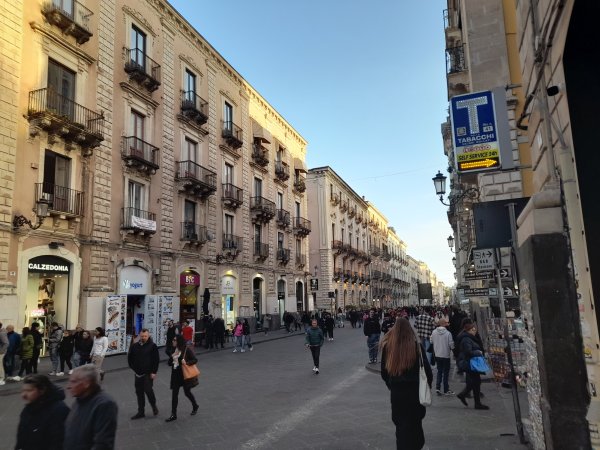
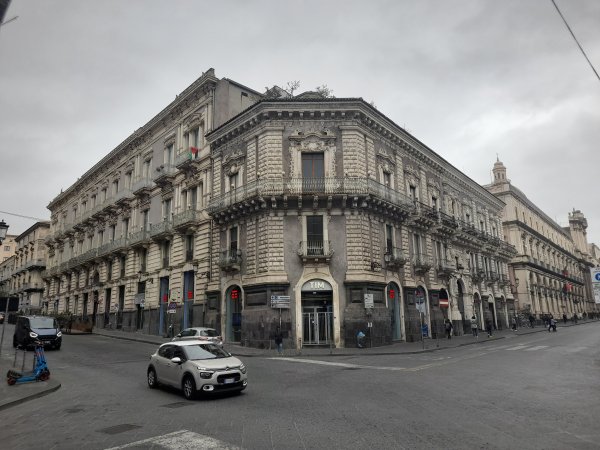
My choice, the Eastern coast of Sicily had been on my wish list for quite a while, since I had already visited its administrative capital, Palermo on the West coast five years ago.
When people associate to some cliches of Italian culture, particularly Overseas and particularly in pop culture, there are many elements coming from the South (Mezzogiorno) - from Campania (region of Naples), Calabria, Puglia, and of course, Sicily.
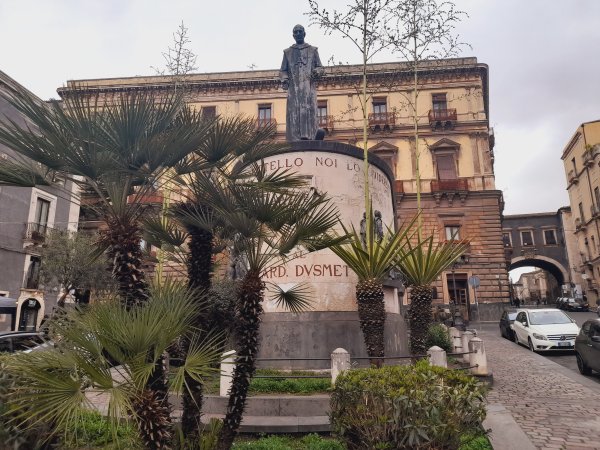
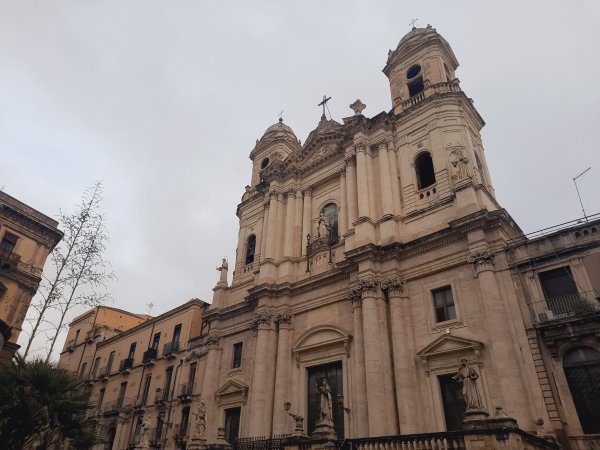
There is almost no one in the world who has not heard words like pizza, spaghetti, maffia or tarantella: this famous folk dance that derives its name either from the city of Taranto or the tarantula spider, because some people say that the jumping tarantella dancers are like if they were bit by a spider.
As a person who spent a lot of time in Italy, I really wanted to see another place of Sicily after Palermo and I wanted to see the reality beyond the stereotypes. Well, I did so.
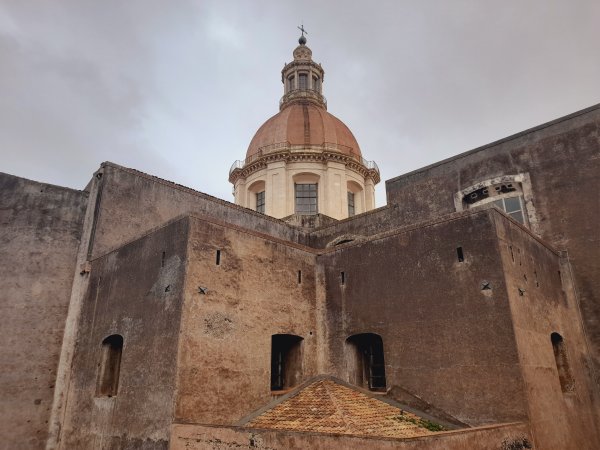
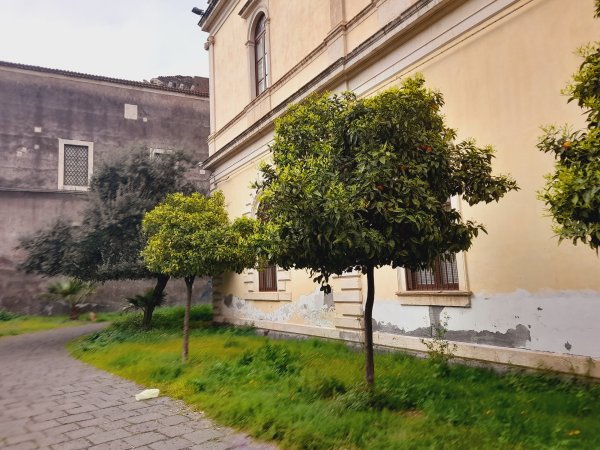
In general, I am not always a well-prepared traveler: I am not always the precise guy who checks every details weeks before and impatiently waits for the trip, but neither the one who does not care about what to discover at all and who only wants to have some cheap fun. I would say that I am somewhere in between these two radical types of travelers.
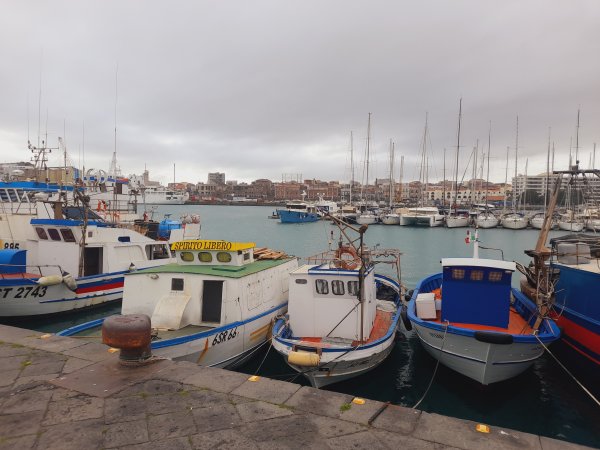
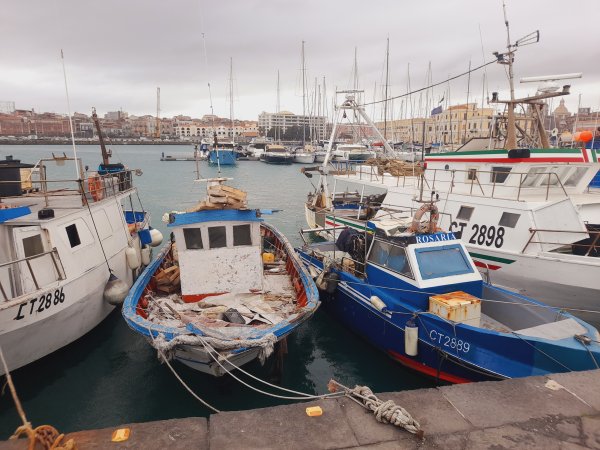
However, this time I did my research and found a shocking information stating that my destination, Catania, the second largest city of Sicily and the largest one on the Eastern coast is the number one most dangerous city in Europe (!), which has worse public security even than the infamous security crisis of Marseille or Paris (they are maybe not the safest places right now).
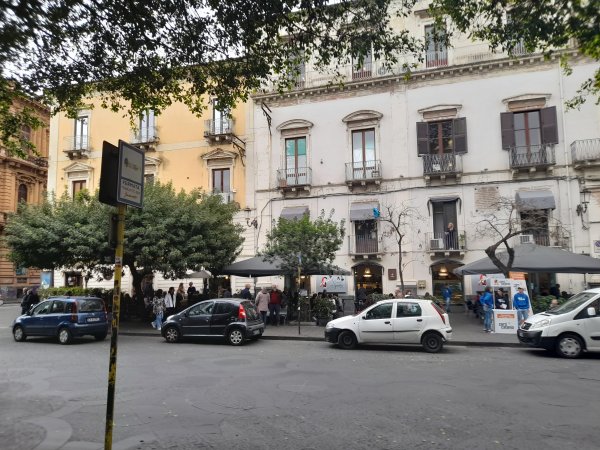
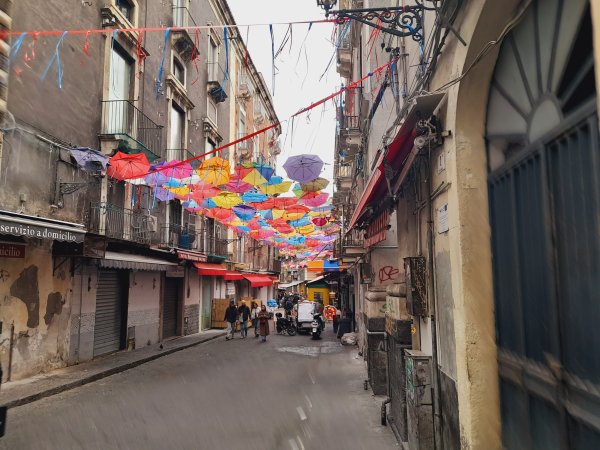
At some point it made me reconsidering the situation, but I have to tell you that you should always do a deeper research and should not make a decision based on one certain page or source.
Wherever you go, there will always be some horror stories, because a lot of things can happen to a lot of people, but remember: most of these cases could happen everywhere, even if you stay home in a small village.
If you are cautious and responsible enough and stay in the touristic center of a city, there are very small chances that something terrible may happen exactly to you.
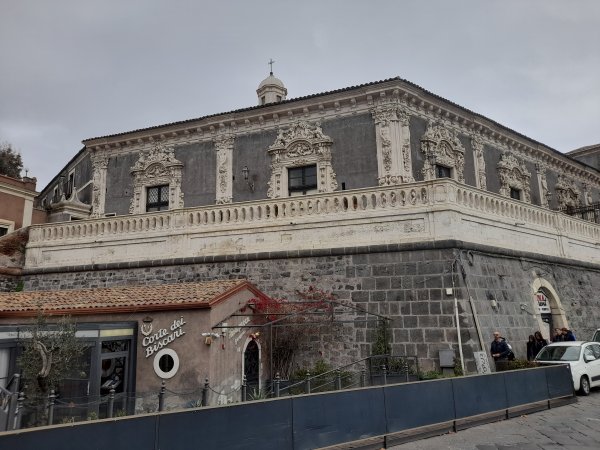
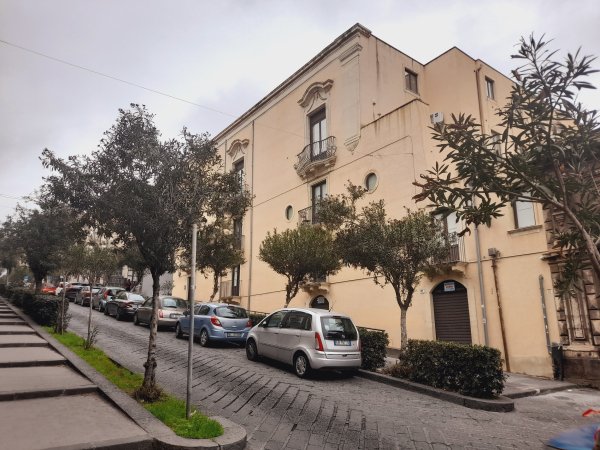
I have no idea what kind of measures the creators of this safety list used, but I need to tell you that you should not believe everything you read. Especially not on the internet.
I have heard personal stories about being robbed in Florence or Milan, the so-called 'advanced cities' of North-Italy, so really, anything can happen in any city and any country of the world. This is a bad news but also a good one, if you look the glass half full instead of half empty.
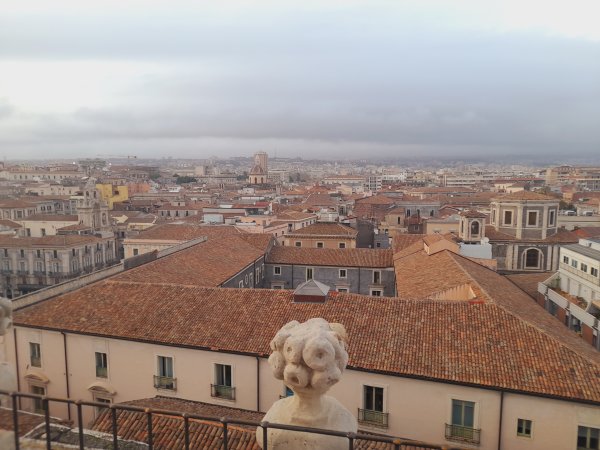
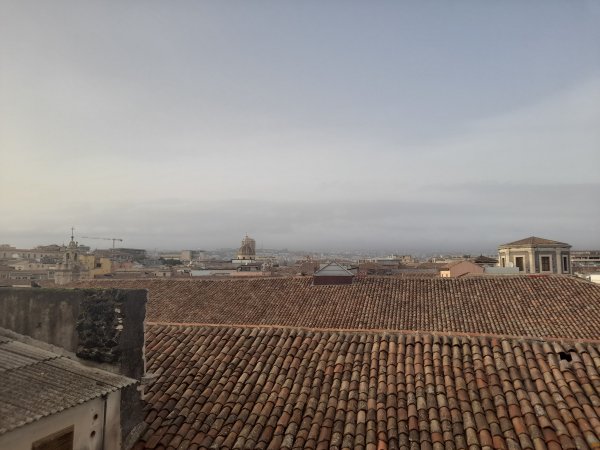
There are no golden rules, although I do not want to pretend to be so wise, because maybe I have just been lucky so far no matter where I went to. Now I can admit that if I had taken all the cautious advices I found online and had canceled my trip, I would have missed maybe the greatest adventure of this year.
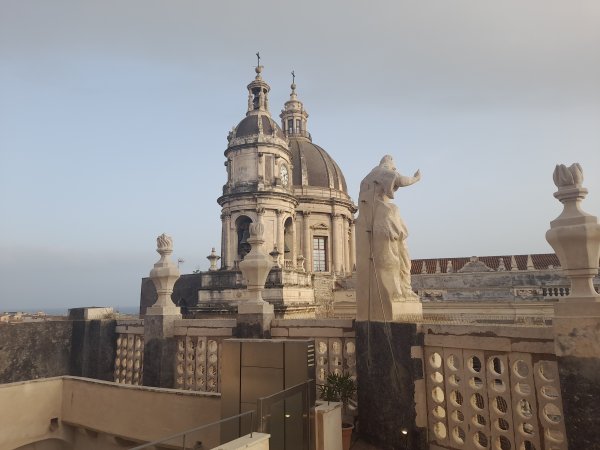

Back to the point, I was looking forward to see the other famous volcano of Italy, Etna after my trip to the ruins of Pompeii, where I observed the great peak of Vesuvius some years ago.
Unfortunately I was not able to see Etna from the plane, neither from the outskirts of Catania, so I was quite disappointed after the beautiful panoramic photos I had seen before. I even went up to the roof, to the dome and view tower of Saint Agatha’s Church (Chiesa della Badia di Sant'Agata), but could not see anything due to the overcast.
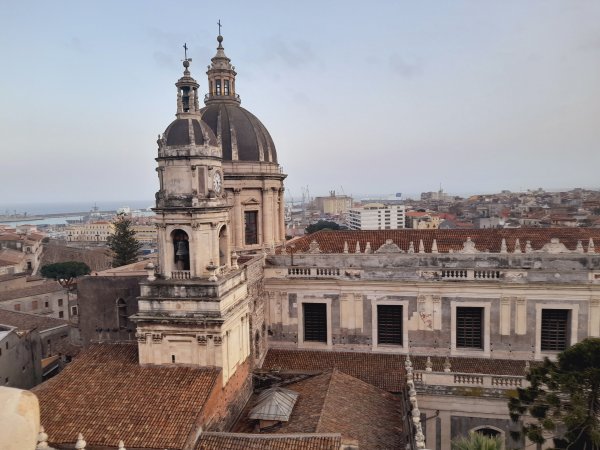
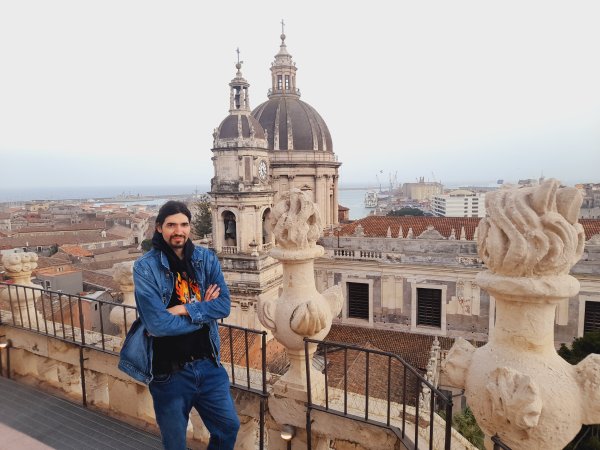
Let’s leave my encounter with Etna for a while though and let's get into the gorgeous downtown of Catania! Saint Agatha is the patron saint of the city, so there is no wonder that she’s got an enchanting Baroque church in Catania… or even more than one!
Namely, just right next to this church, on the other side of the road you can find the Cathedral of Catania (Basilica Cattedrale di Sant'Agata), which is usually referred simply as Duomo; that is why the whole square around is called Piazza del Duomo.
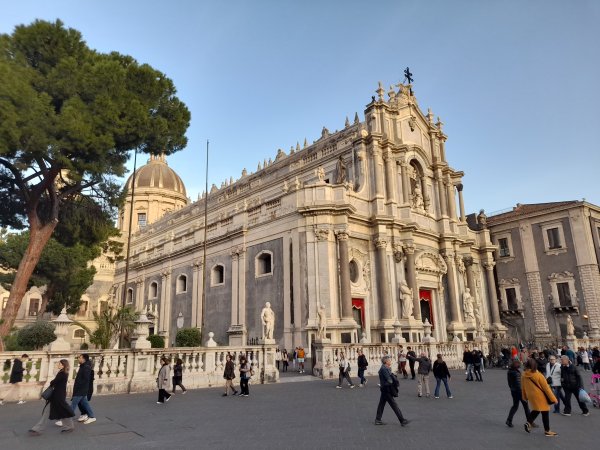
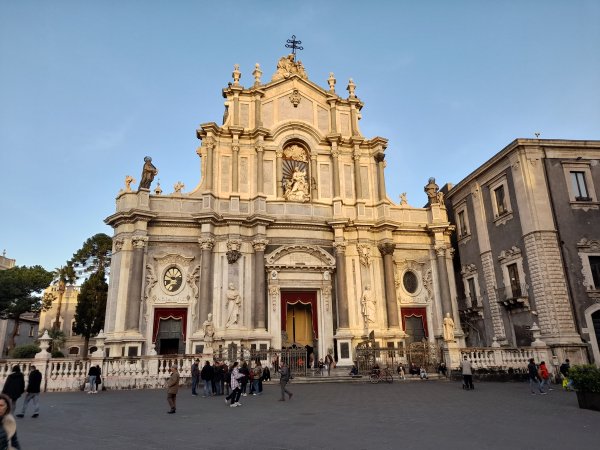
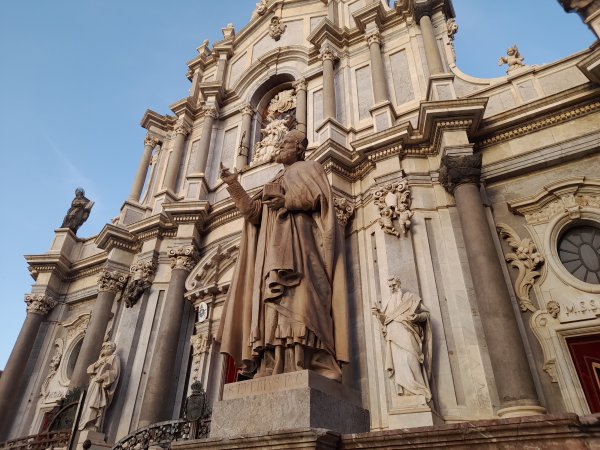
It is not easy to name the one and only main square of Catania due to its special city structure, but if I had to choose one, I would say that it is the area from Piazza del Duomo to the University Square (Piazza Università), which you can both meet along the axis of Via Etnea.
This vivid, crowded and long market street named after the volcano is always full of tourists, bars and shop sellers, and there are so many charming palaces and office buildings on both sides of it, that it is impossible to know all of them if you are not a local.
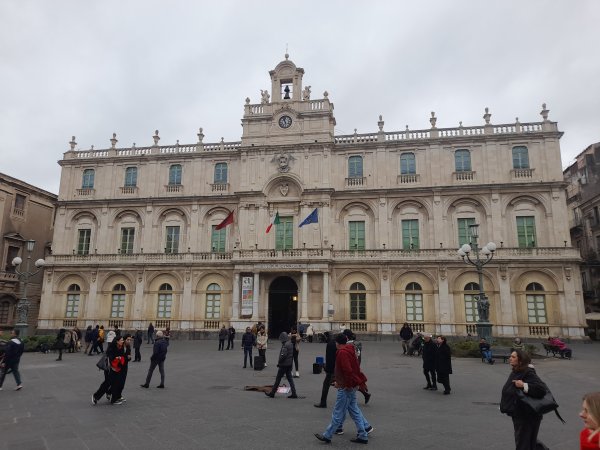
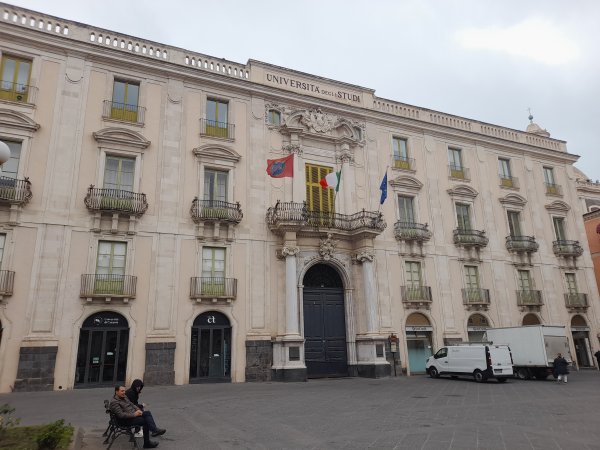
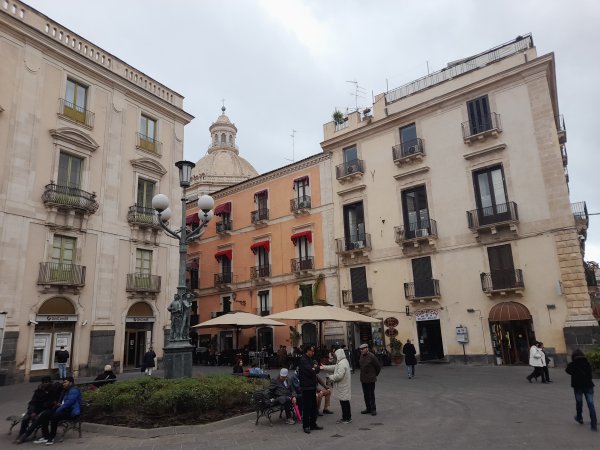
Starting the trip from Piazza del Duomo, you will definitely see the Elephant’s Fountain (Fontana dell’ Elefante) and, of course, the mesmerizing building of the university itself.
If you remember my trip to Rimini, Ravenna and Rome, you already learnt by now that elephant is a common, re-occuring motif in Italian city architecture, but not the only theme for fountains, because the Dolphin’s Fountain in front of the extraordinary Bellini Theater (Teatro Massimo Bellini) is also a famous piece here.
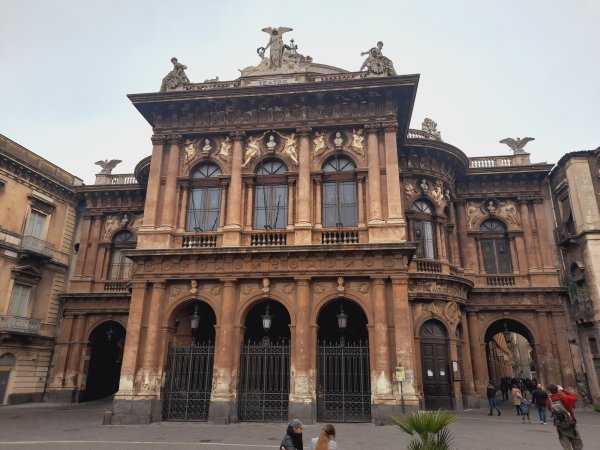
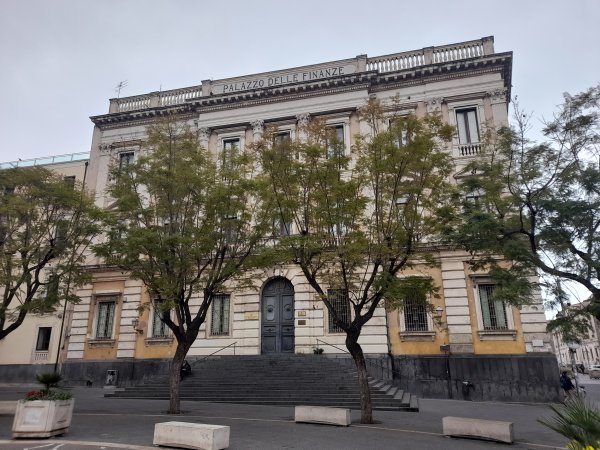
Vincenzo Bellini, composer of the evergreen opera Norma and master of the so-called bel canto genre was born in Catania: therefore he is quite a legend within the city’s music heritage. This opera was written about the tragic love of a Celtic priestess and a Roman officer in Gaul, and was first played in La Scala in Milan.
Moving on, one should not be surprised that the most wonderful botanic garden along Via Etnea is also called Giardino Bellini, which has dozens of statues and stairs leading to the top of a small hill with a pavilion on it.
While looking at the map you will also see Villa Bellini, but don't try to find it. Namely, although this park would be worthy to be the garden of a great mansion, in this case the word villa refers to the garden itself in the local catanese dialect. (After my trip, I thought at least for a week that i just could not find the villa until I found out the truth).
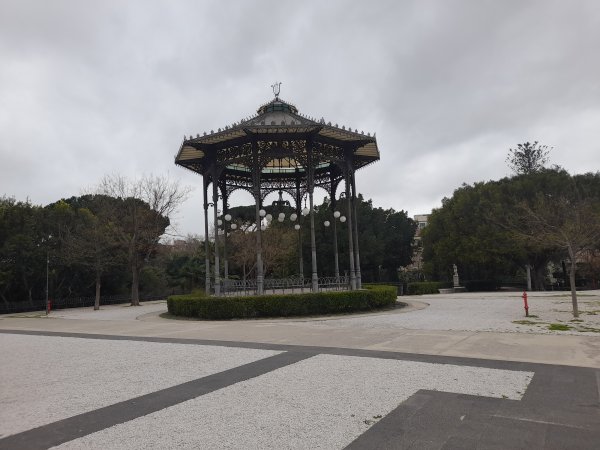
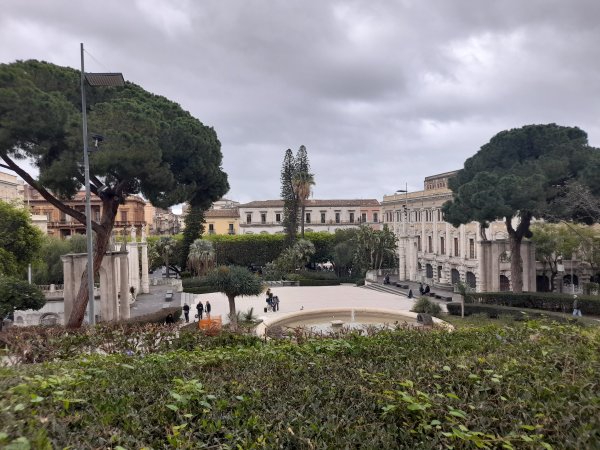
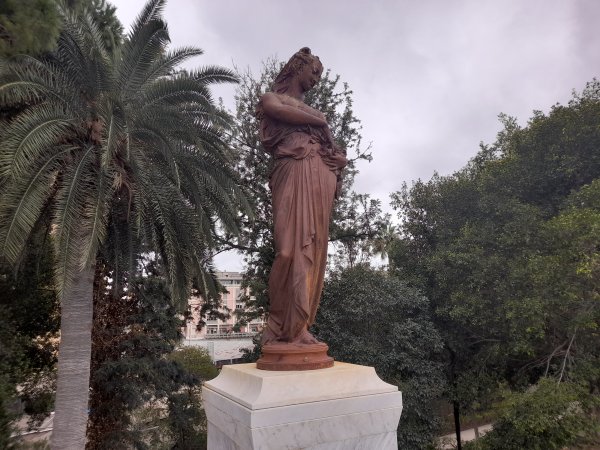
By the way, another important garden close to the port, Giardino Pacini (where I witnessed a real flea market) is also named after an opera composer, Giovanni Pacini.
If you walk there, don’t be surprised to see headless male statues: they are the statues of Bourbon kings beheaded by the angry crowd that was already fed up with foreign rulers by the 19th century and was fighting for an independent and united Italy.
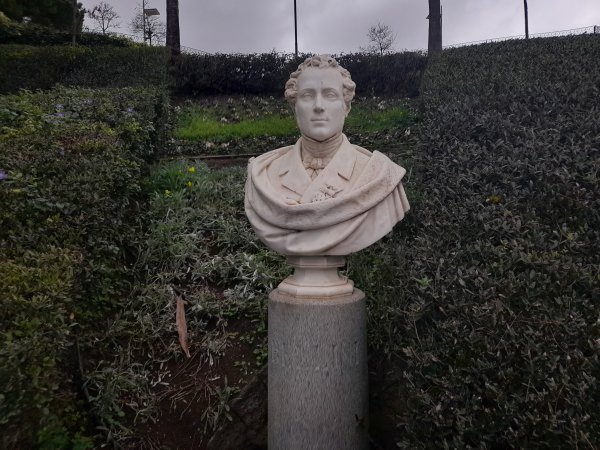
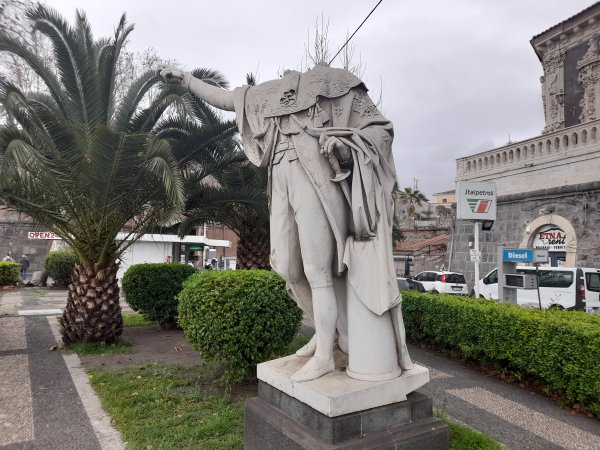
Among the hundreds of miracles to see along Via Etnea, I would definitely mention Piazza Stesicoro, (along the one and only metro line) which is the location of the ruins of the Roman Amphitheater of Catania too; and, of course, it hosts another monumental Baroque church of St. Agata.
You will find plenty of catholic buildings in the city in general, which really shows that Catania is rich in such masterpieces of church architecture.
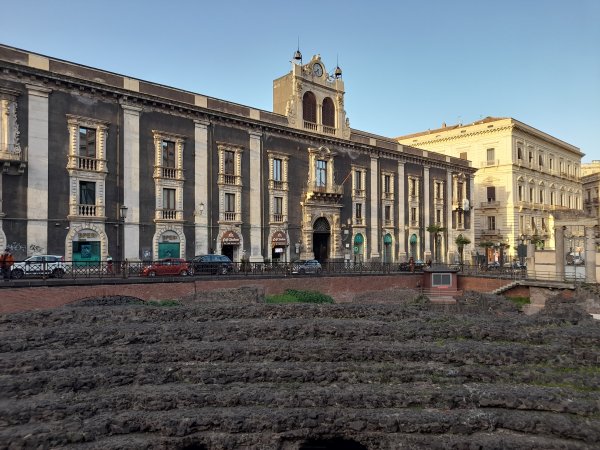
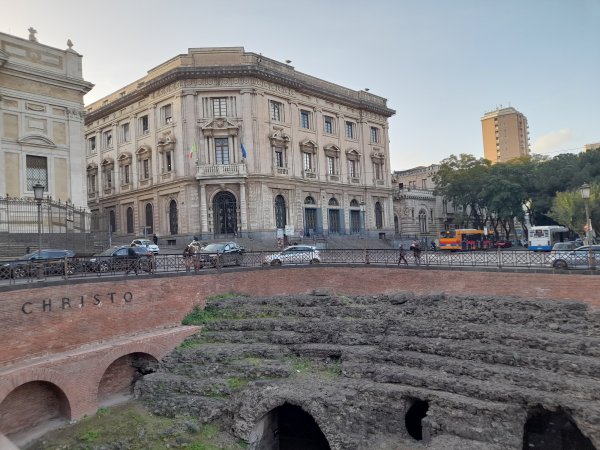
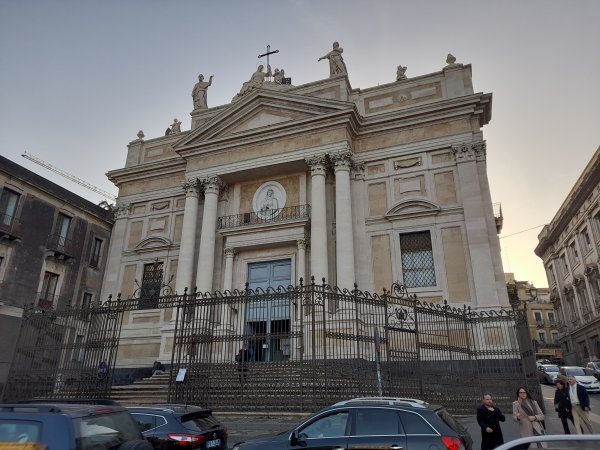
Firstly, there is Basilica della Collegiata close to Via Etnea, and when you turn to the left, you will arrive to the Chuch of Saint Francis of Assisi, patron saint of Italy.
Moving upon the mild slopes of the street, you will underpass the Arch of Saint Benedict and see his chuch (Chiesa di San Benedetto), but then literally comes a whole carnival of Baroque architecture: in Via Crociferi there are not one, not two, but even three (!) enormous churches standing right next to each other in the neighborhood of the Jesuits’s College.
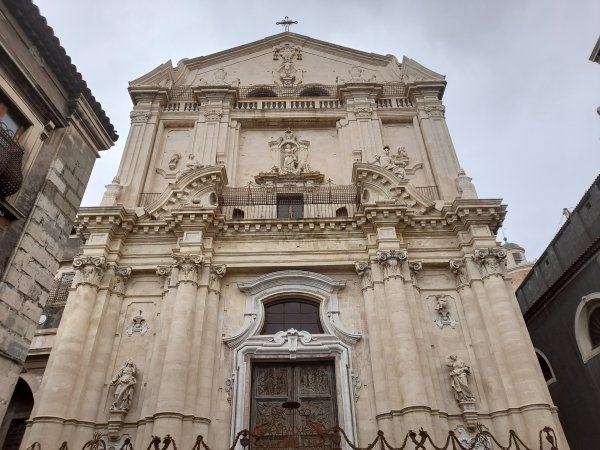
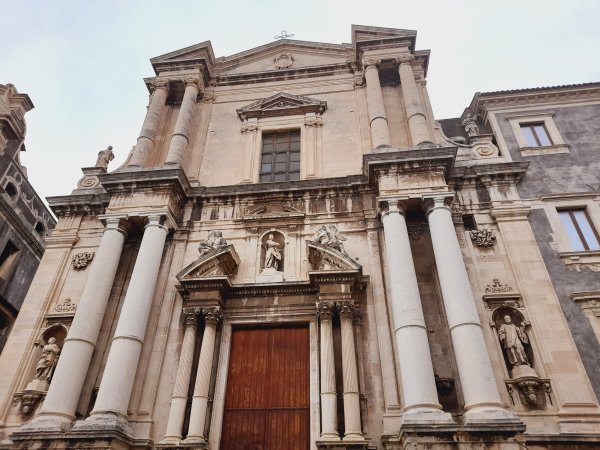
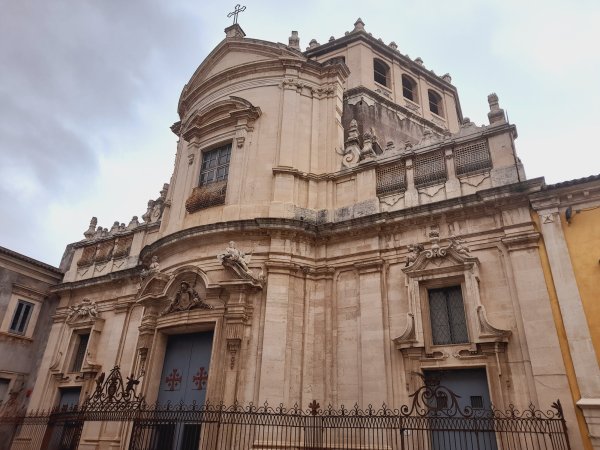
We even discussed it with a Spanish tourist lady whom I met accidentally several times that Catania is so unique for being full of all of these churches, that maybe only Rome can compete with it in terms of having the greatest number of churches per square kilometer.
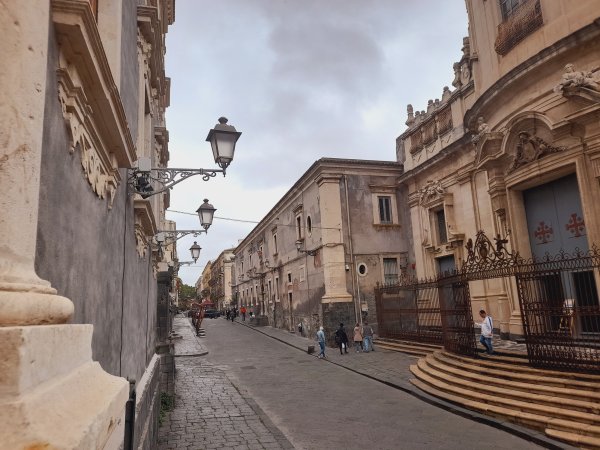
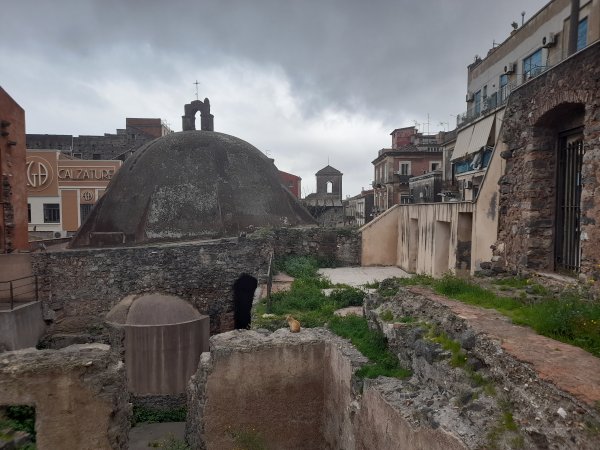
Last, but not least, when I left the area of the Jesuits and the Benedictine monastery, after passing by the ruins of Terme della Rotonda, an ancient bath complex, I arrived again in a nice, curved-shape square (Piazza Dante Alighieri), where I found one of the most gigantic churches of Catania, the Church of San Nicolò l'Arena.
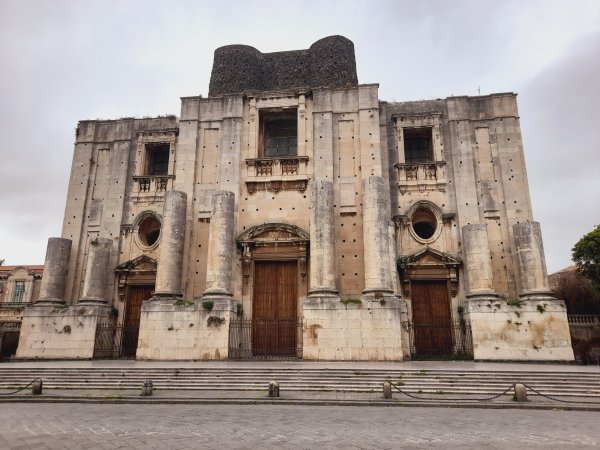
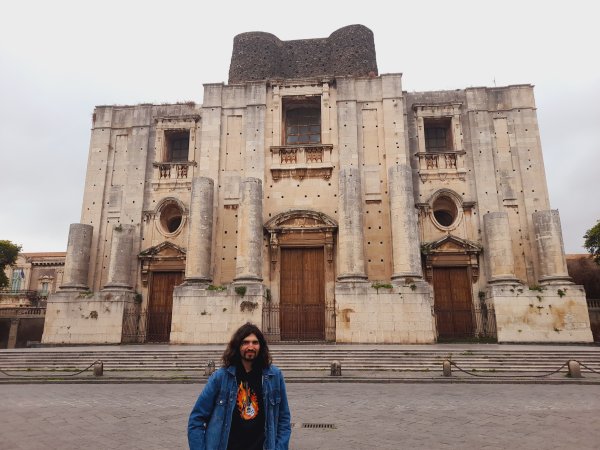
The bulding was so special for me not just because it was in the middle of a huge, open area, but also due to its genuine facade, that resembled ancient temples for me, just like the one in Abu Simbel, Egypt or Petra, Jordan.
Later I checked them again, and these two temples were not the best examples, but if someone has a look on San Nicolò, I think they will understand what I meant by that. The list could last forever with churches like Basilica Satuario del Carmine that was near my acommodation and many more.
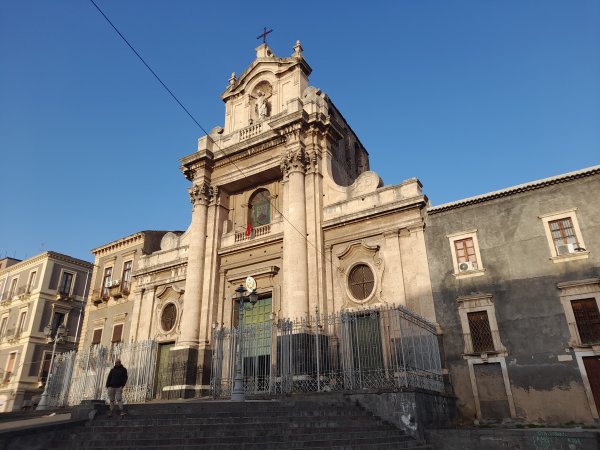
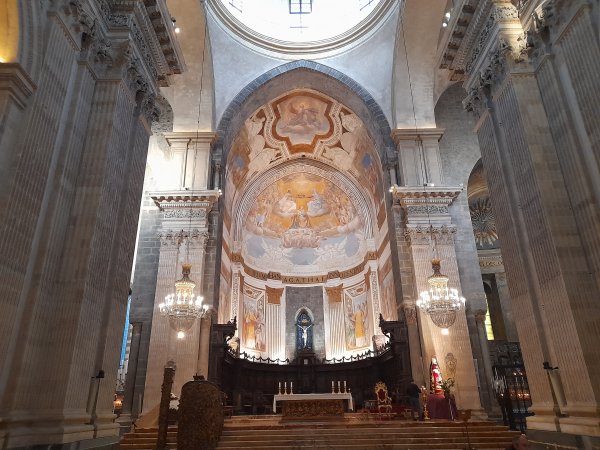
However, now it's time to get back to Piazza del Duomo and take further directions to explore. In terms of eating Via Etnea is, of course, not the only option: there are plenty of snack bars and restaurants as well along Via Garibaldi and Via Vittorio Emmanuele II: the streets named after the legendary general of the Risorgimento (the unification process of Italy) and the first king of the united country.
These parallel streets lead you to other fabulous sights, such as the Greek-Roman Theater (Teatro Greco-Romano) which I highly recommend to you.
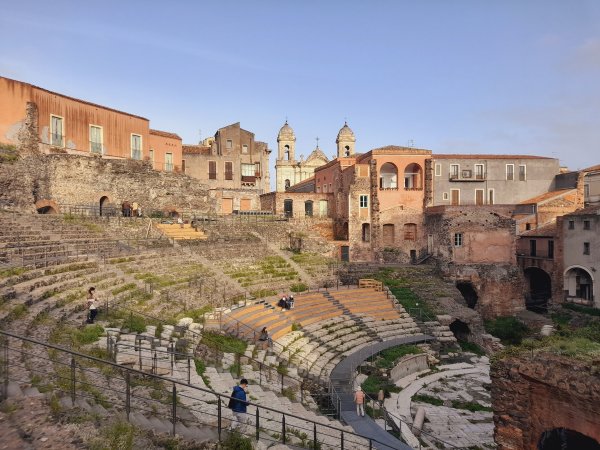
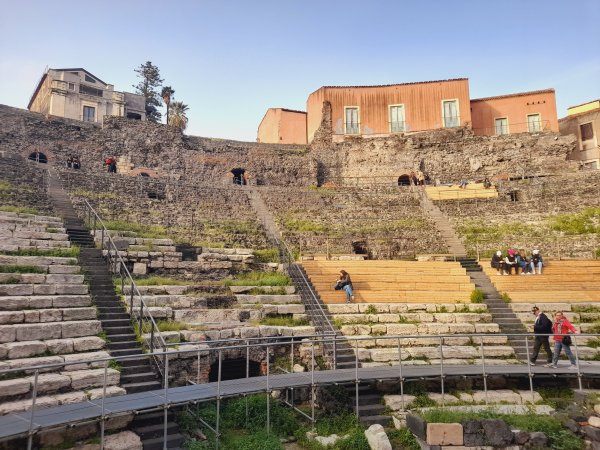
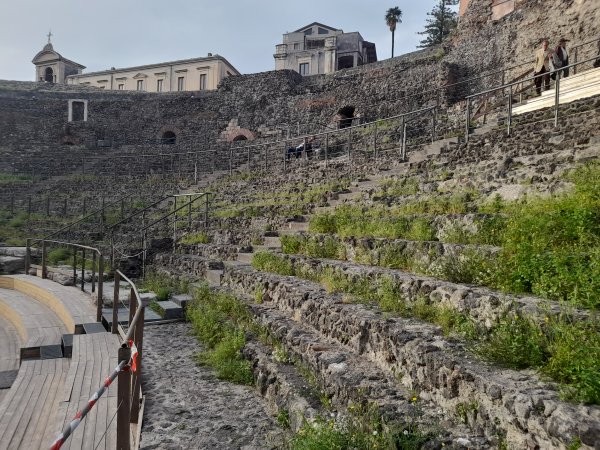
Unlike the amphitheater, being in ruins today, the Greek-Roman Theater is really preserved in a very good condition, and the visitors can imagine that they are just about to see an ancient play on stage.
There is an entrance fee, but it is indeed worth it. Moreover, if you are lucky enough just as I was and you go there on the first Sunday of the month, it is free of charge to enter.
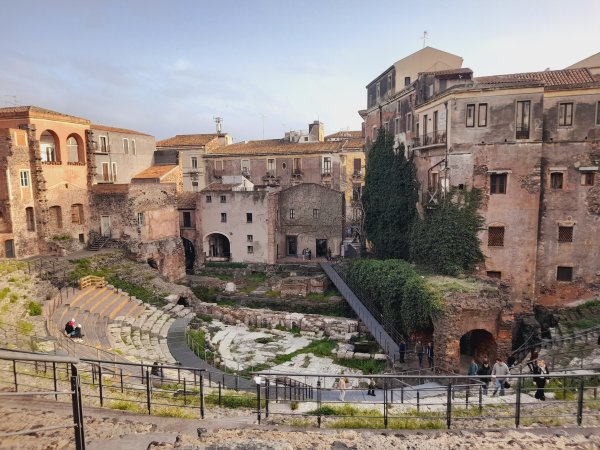
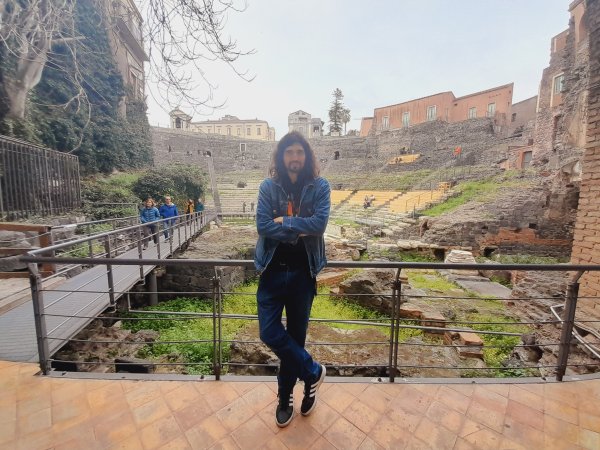
In a historical city like Catania, as you can suppose, it is obvious that there should be a huge medieval castle: it’s Castello Ursino, which is located in a lovely square not so far from the downtown. There's a temptation for Italian speakers to think that the name most probably derives from the Italian word for bear (orso), but it is not so simple as it looks.
Although a historical family called Ursino/Ursini even has a bear and a tower in its coat-of-arms, most likely the castle has nothing to do with this family, neither with bears. It's rather a false etymology coming from the castle’s Latin name, Castrum Sinus ('Castle of the Gulf').
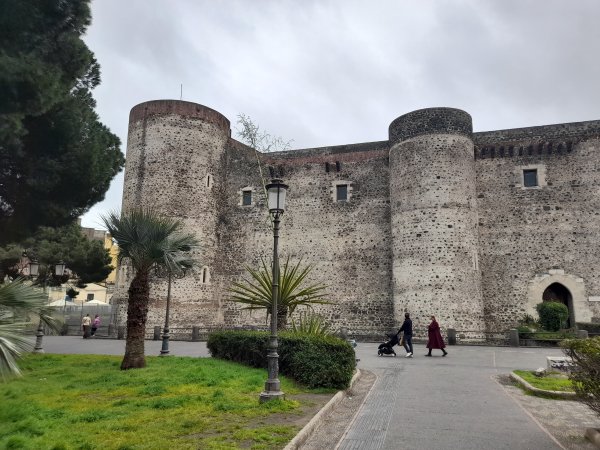
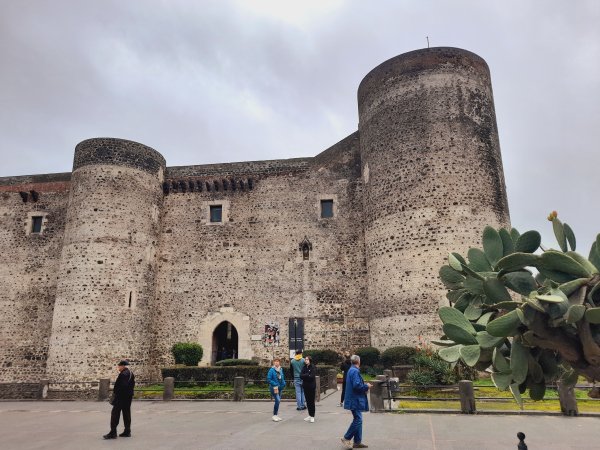
The style of its architecture reminded me immediately to Castello Nuovo in Naples with its thick walls and bastions that turned it into a real fortress. Taking into account that Sicily and the South of Italy, Mezzogiorno were both the territories of the Kingdom of the Two Sicilies (Due Sicilie) one can understand that there are cultural similarities.
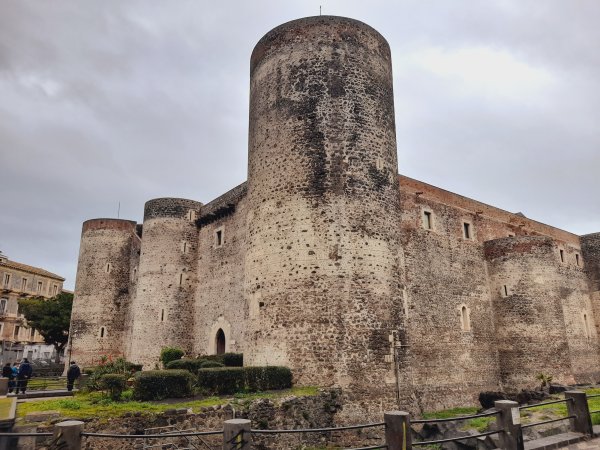
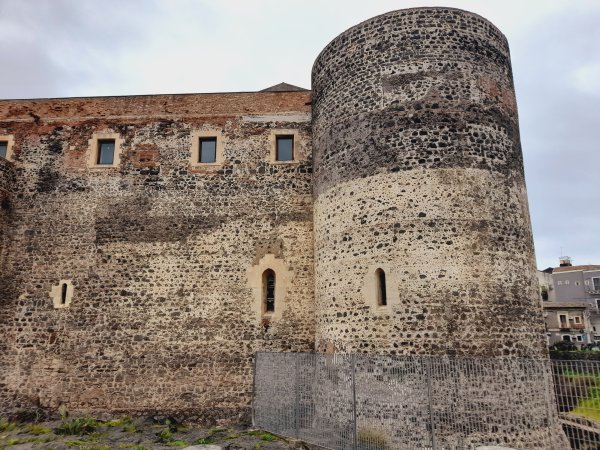
And here comes the fun fact: the Southern part of the Italian peninsula (mainly Campania, Calabria, Puglia and Basilicata) was sometimes also called Sicily in the history, like the island itself.
Since both the Kingdom of Naples and the Kingdom of Sicily declared themselves to be Sicily, after their unification in the early 19th century the new name of Two Sicilies thus completely made sense.
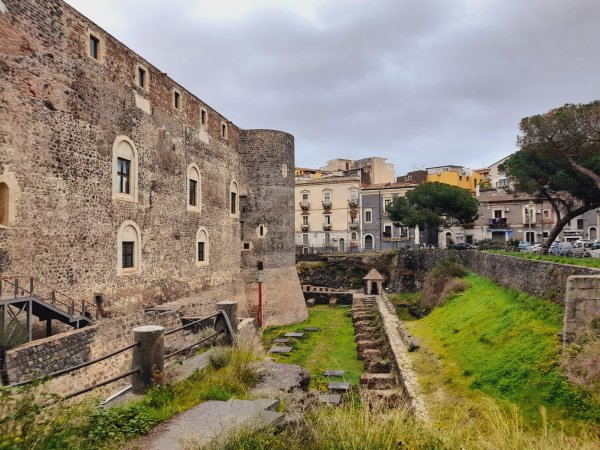
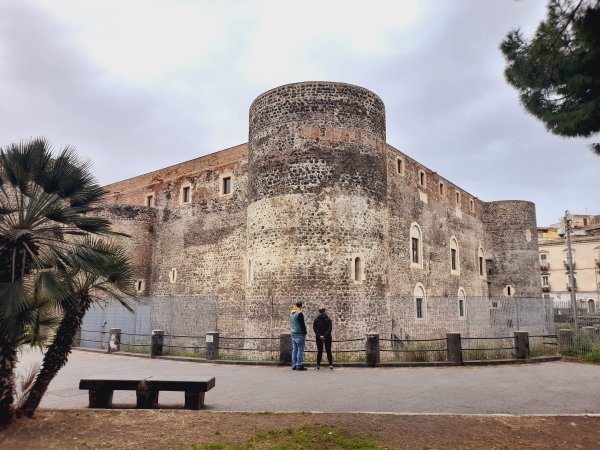
Via Garibaldi also leads one to Porta Garibaldi, a former city gate with mesmerizing curves and colors, named after Italy’s national hero as well.
Unfortunately, I saw it only after I returned home, that there is a monumental cemetery (Cimitero Monumentale), which has fascinating tombs, statues and mausoleums; a little bit like Fiume Road Graveyard in Budapest, which serves as an outdoor museum with the graves of some of the most important figures of the nation.
After this quick overview on Catania's sights, we are going to be a bit more informal next time and explore a very different aspect of the city and Sicily. Don't miss to join me for that, and I promise it will be fun!
